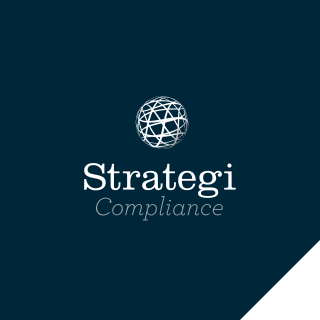CDD practices can vary slightly from one business to another, but there are five key elements all reporting entities should include in their CDD policies and processes. If your business does not have all five key elements embedded in its policies and processes let us know and we can get you on the right track.
So, what are the 5 key elements of CDD?
1. Customer identification
The first step in the CDD process is identifying the customer. This involves verifying the customer’s identity using government-issued identification documents like a passport or driver’s license. This step helps to ensure the customer is who they say they are. It is important to follow expected standards when collecting and verifying identification documents from your customers.
2. Risk assessment
Reporting entities should assess the risk level of each customer before establishing a business relationship. This helps them to identify high-risk customers and take appropriate measures to prevent money laundering and/or terrorist financing. This risk assessment should take into account factors such as the customer’s country of origin, occupation, and source of funds.
3. Ongoing monitoring
CDD is not a one-time process – it should be ongoing throughout the business relationship. Ongoing monitoring helps to detect any suspicious activity and ensure the customer’s profile is up to date. This includes monitoring transactions, changes in the customer’s profile, and periodic reviews of customer information.
4. Enhanced Due Diligence
In some cases, customers may pose a higher risk than others, and businesses may need to perform enhanced due diligence to gather additional information. This may include additional identification documents, or information about the source of wealth and/or funds.
5. Staff training
Good CDD practice requires that all employees who are involved in the process receive proper training on the procedures and guidelines. This helps to ensure everyone understands the importance of CDD and knows how to identify and report suspicious activity.


